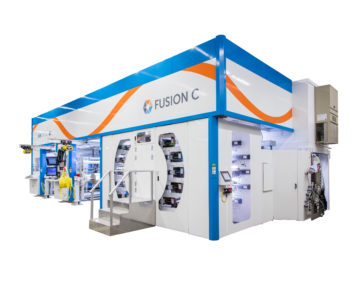Tristan Abbey at The New Atlantis:
 A little history never hurt anybody. We can start the clock in 1920. In February of that year, the journal Nature reported the results of an experiment conducted by a British scientist named Francis William Aston. A future Nobel laureate, Aston’s job at the famous Cavendish Laboratory was to estimate the masses of chemical elements. At the time, it was believed that a single helium atom comprised four hydrogen atoms, suggesting that the mass of a single hydrogen should be exactly one-fourth the mass of a helium. Aston determined this was not, in fact, the case. Hydrogen atoms were just a smidge heavier than they should have been. When four hydrogen atoms fused into a helium, where did the extra mass go?
A little history never hurt anybody. We can start the clock in 1920. In February of that year, the journal Nature reported the results of an experiment conducted by a British scientist named Francis William Aston. A future Nobel laureate, Aston’s job at the famous Cavendish Laboratory was to estimate the masses of chemical elements. At the time, it was believed that a single helium atom comprised four hydrogen atoms, suggesting that the mass of a single hydrogen should be exactly one-fourth the mass of a helium. Aston determined this was not, in fact, the case. Hydrogen atoms were just a smidge heavier than they should have been. When four hydrogen atoms fused into a helium, where did the extra mass go?
Enter Arthur Eddington, a British scientist who served essentially (but not merely) as Albert Einstein’s chief popularizer. In August of that year, Eddington delivered a lecture in which he described how stars in outer space were “drawing on some vast reservoir of energy by means unknown to us.”
more here.
